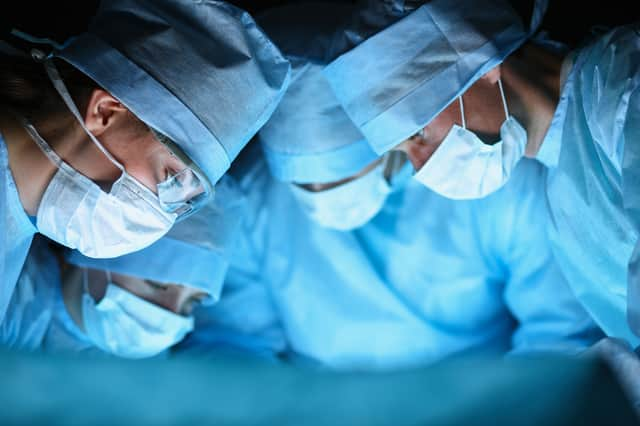Infectious SARS-like virus originating in China continues to spread - this is what you need to know


With over 200 infected and four deaths attributed to the virus, the strain is causing concern due to its connection to SARS, which killed almost 650 people across mainland China and Hong Kong between 2002 and 2003.
Where known cases have been found
These are the following areas where cases have been confirmed:
Advertisement
Advertisement
Beijing, five casesShanghai, one caseWuhan, 198 casesGuangdong, 14 casesSeoul (South Korea), one caseTokyo (Japan), one caseBangkok (Thailand), two cases
An Australian man has also been tested for coronavirus after returning from China with a respiratory illness. The Queensland health authorities confirmed that the man is in quarantine at his home in Brisbane and awaiting tests after presenting with flu-like symptoms.
China's national health commission confirmed human-to-human transmission of the virus.
The virus
The virus is a new strain of coronavirus which is in the same family as SARS and MERS (Middle East respiratory syndrome). The strain originated in Wuhan, the largest city in central China.
Advertisement
Advertisement
The first suspected cases of the disease were reported at the end of 2019 on 31 December, in Wuhan.
CNN reports, “On Thursday Japanese authorities confirmed that a man who had travelled to Wuhan was infected with the virus.”
The man, who is in his 30s, lives in the coastal Kanagawa Prefecture just south of Tokyo. He developed a high fever on 3 January while he was in Wuhan, and he returned to Japan three days later where he tested positive for the virus, according to the Ministry of Health, Labour and Welfare.
The man has since recovered and was discharged from the hospital on Wednesday states the ministry.
Advertisement
Advertisement
The US Centres for Disease Control and Preventing issued a Watch Level One Alert, which is the lowest of the three travel health notices that warns visitors of Wuhan to “be aware and practice usual precautions”.
Crossing borders
This information comes days after Thailand authorities revealed that a Chinese tourist arriving from Wuhan had been quarantined with the new virus. This was the first time it had been detected outside of China.
The number of cases have been increasing as the infection has spread to Beijing, Shenzhen and Shanghai, with reported cases in Japan, Thailand and South Korea.
Three people have died from the virus.
A seafood market has been linked to the outbreak in Wuhan, with Wuhan health authorities stating on Wednesday that some “environmental samples” taken from the market tested positive for the virus.
Advertisement
Advertisement
Aside from fish, the market also sold other live animals that included birds, rabbits and snakes. This information has created concerns that the virus could potentially have been transmitted to humans from animals, like SARS and MERS.
What is SARS?
SARS stands for severe acute respiratory syndrome and is caused by the SARS coronavirus. Coronaviruses commonly cause infections in humans and animals.
It is an airborne virus, which means that it travels in the same way that colds and flus are spread. SARS is spread via small droplets of saliva that have been coughed or sneezed into the air by someone carrying the virus. Someone else then becomes infected by breathing in these droplets.
SARS can also be spread indirectly if someone carrying it touches surfaces (like door handles) with unwashed handles - someone who then touches the same surface may also become infected.
Symptoms of SARS
Advertisement
Advertisement
People with SARS will exhibit flu-like symptoms that generally appear around two to seven days after they’ve been infected.
The symptoms of SARS include:
A high temperature (fever)Extreme tiredness (fatigue)HeadachesChillsMuscle painLoss of appetiteDiarrhoea
After these symptoms have arised, the infection will start to affect your lungs and airways, leading to additional symptoms, such as:
Dry coughBreathing difficultiesAn increasing lack of oxygen in the blood, which has proven fatal in severe cases
Treatment
Advertisement
Advertisement
As it stands, there is currently no cure for SARS, but according to the NHS, research to find a vaccine is ongoing.
If someone is suspected of having contracted SARS, they should be admitted to hospital immediately and kept in isolation under close supervision.
The NHS explains that treatment is “mainly supportive” and can include:
Assisting with breathing using a ventilator to deliver oxygenAntibiotics to treat bacteria that cause pneumoniaAntiviral medicinesHigh doses of steroids to reduce the swelling in the lungs
However, the NHS says, “There’s not much scientific evidence to show that these treatments are effective. The antiviral medicine ribavirin is known to be ineffective at treating SARS.”